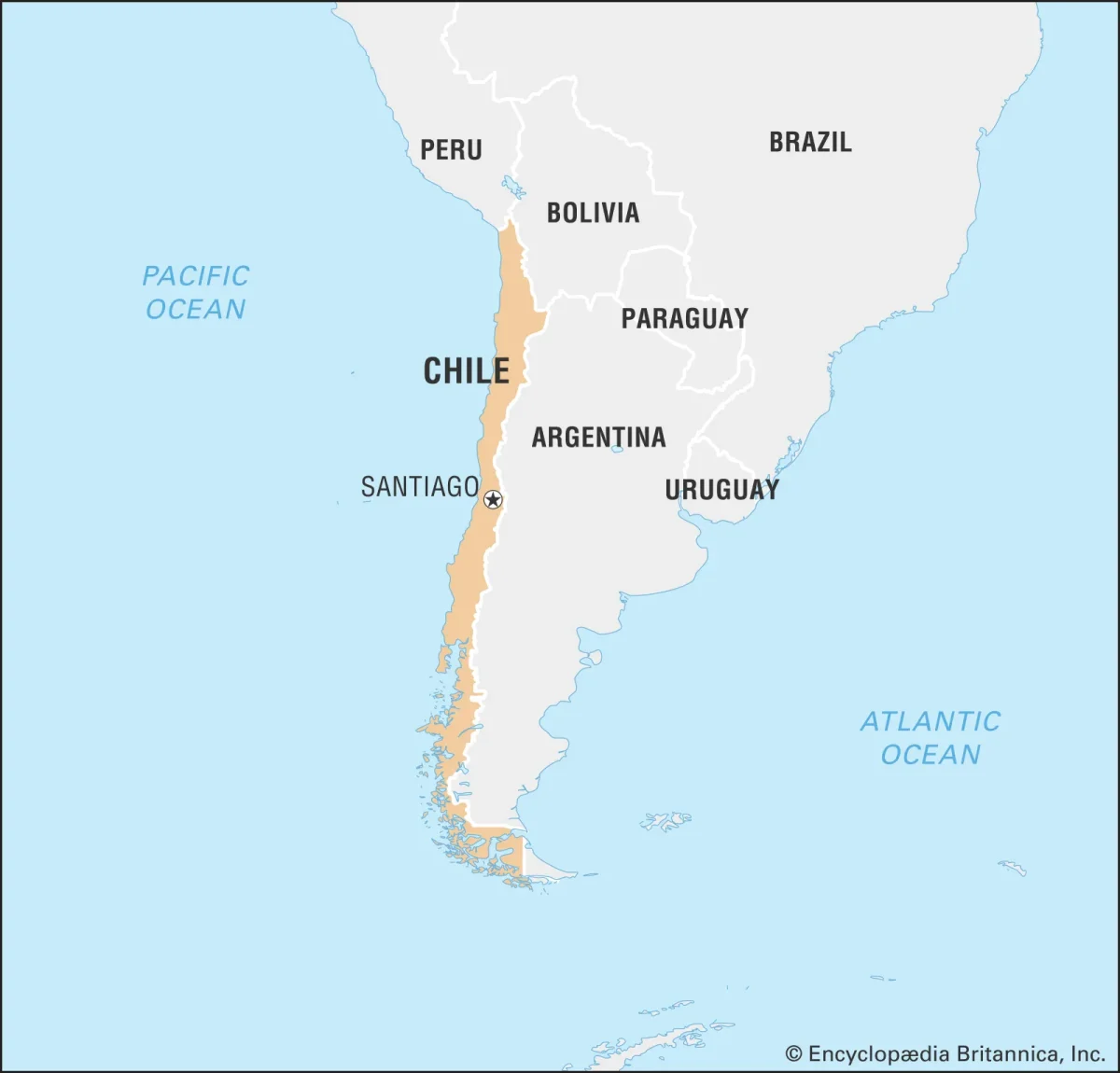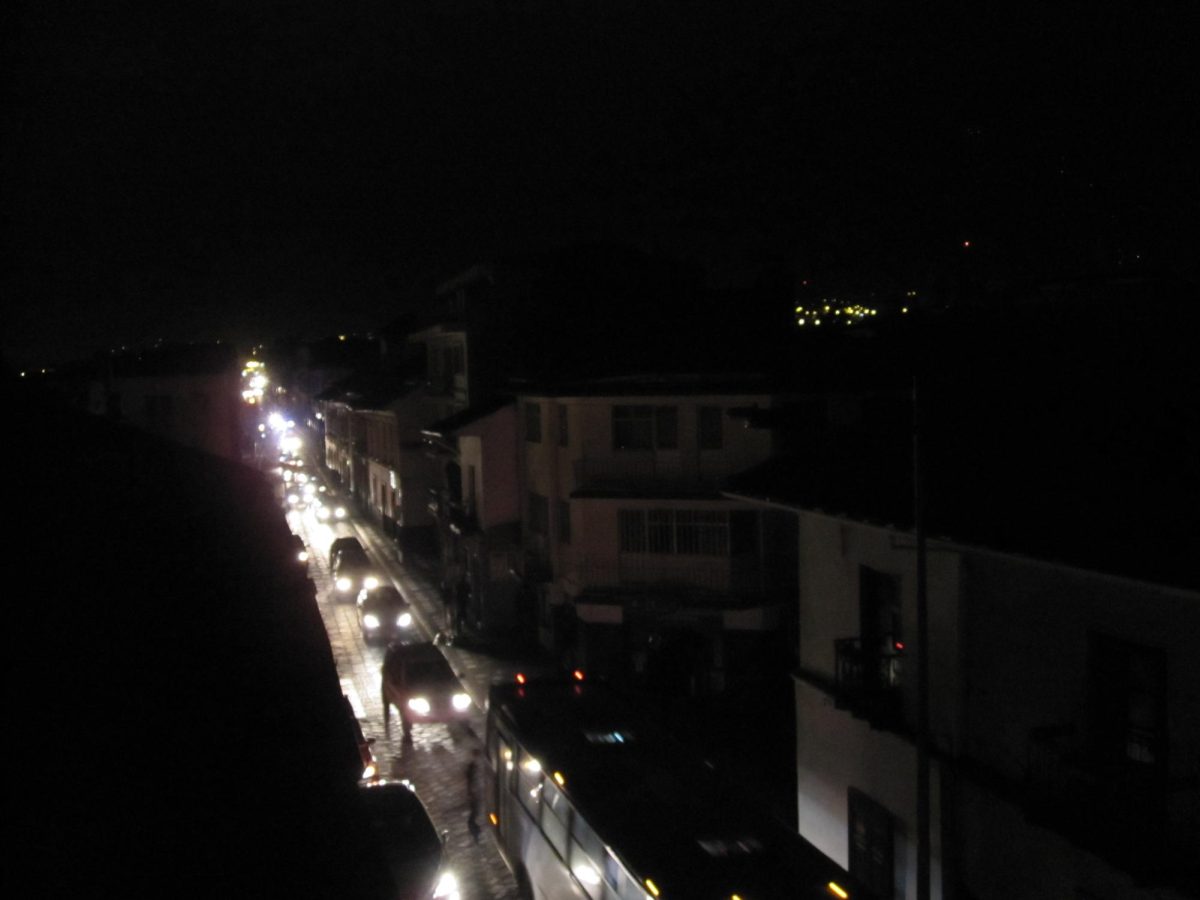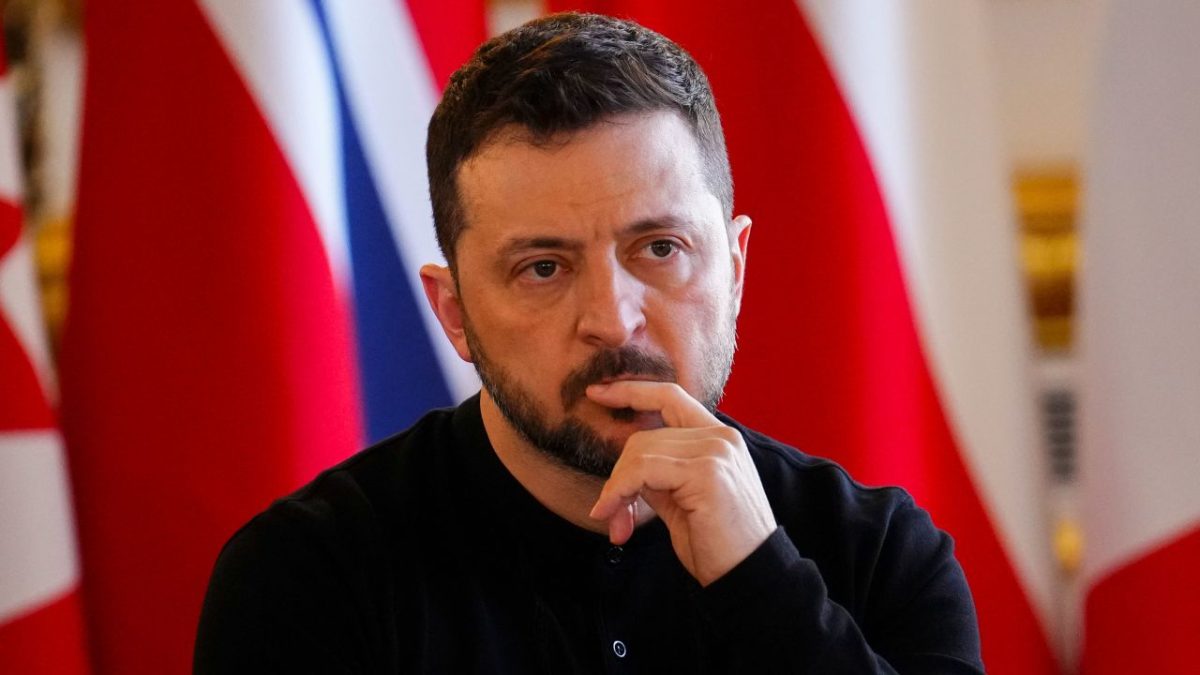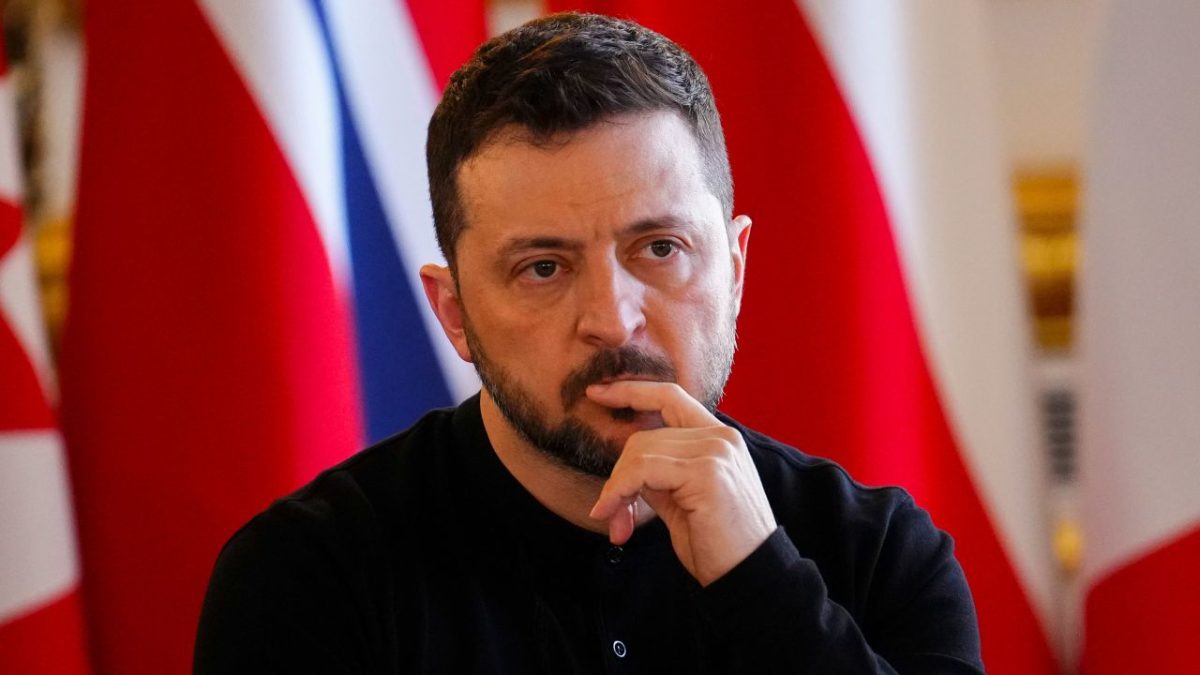The wildfires in Chile have devastated the country and are likely the nation’s deadliest on record. In early February, a series of wildfires broke out in Chile, claiming the lives of at least 123 people; according to the UN Office for Disaster Risk Reduction, those numbers are expected to keep rising. Hundreds of people are still missing, with thousands of homes and buildings being turned into ash. Volunteers were handing out food and clothing to those who had lost their homes. Over 1,400 firefighters were challenged with dealing with 165 individual fires. On February 6, Chile’s president, Gabriel Boric, said, “The inhabitants of Viña del Mar, of Quilpué, of Villa Alemana, have gone through and are experiencing a situation that has been tremendously catastrophic, exceptional, unprecedented, and painful.” Boric also mentioned how the fires have been the country’s “biggest tragedy” since the 8.8 magnitude earthquake in 2010 that killed thousands.
These catastrophic fires that have wreaked havoc on the country are due to the heat impacts of El Nino, a climate pattern that explains the peculiar warming of the eastern Pacific Ocean’s surface waters. For the past 1,000 years, Chile has been struggling with a “mega-drought,” which has caused the land to be extremely dry. According to the World Meteorological Agency, the nation has also been dealing with abnormally hot days. On January 31, Santiago, the capital of Chile, reached a staggering 98.6 degrees Fahrenheit; it was the country’s third-highest recorded temperature in more than a century. All these factors combined are perfect conditions for fierce and disastrous wildfires. Over the past few years, officials have also reported a dramatic increase in the number of fires in the country; 1.7 hectares have been burned all over Chile in only the last decade.
Chilean authorities introduced a 9 P.M. curfew for those in Vina del Mar, Limache, Quilpie, and Villa Alemana to free up routes and allow emergency vehicles to reach affected areas. The government has also banned the handling of any machines that could produce heat in Valparaiso and in the nearby Marga Marga region, hoping to mitigate the already delicate situation.







